Depth Psychology Explained for Beginners
How to Work With Your Shadow, Archetypes, and Unconscious Patterns
Maybe you’ve read the self-help books… You’ve got a whole folder of shadow work memes… Yet something still feels as if it’s controlling you beneath the surface.
If you’re struggling with feeling “self-aware but stuck”, and craving real, layered transformation (rather than just more insight loops)- you might find relief with depth psychology.
What Is Depth Psychology, Really?
Depth psychology is the field of psychology focused on the unconscious mind- the part of you that operates below the level of awareness, shaping your beliefs, desires, fears, and patterns. It originated with notable figures in psychology such as Carl Jung, Sigmund Freud, and Alfred Adler, who all explored the idea that our conscious selves are just the surface of a much deeper psychic terrain.
In plain terms: it’s about getting in relationship to the things which you didn’t realize were influencing your life and your patterns, and learning how to change them.
“Until you make the unconscious conscious, it will direct your life and you will call it fate.”
-Carl Jung
Key Concepts in Depth Psychology:
*Not an exhaustive list, but a great start for beginners to depth psychology
The Shadow: The parts of yourself you suppress, deny, or project
Archetypes: Universal roles or energies that shape identity (The Rebel, The Healer, The Sage)
The Persona: The mask you wear to fit in
The Unconscious: Not just trauma or memory- but instinct, desire, creativity, shame, and soul!
Why Is Depth Psychology Better Than a Quick Fix?
Most modern self-help and therapy focuses on thought loops or symptom relief. That has its place… but for long-term change, you have to get to the roots!
Unlike surface-level work, depth psychology practices invite you to:
Explore emotional and symbolic patterns
Move from analysis to embodied understanding
Reclaim exiled parts of yourself
And no, it’s not all sitting on a couch moaning on about your parents. It’s about making a map of the psyche to track your unconscious drivers, and create new internal agreements.
How Beginners Can Start With Depth Psychology
You don’t need a PhD to work with your unconscious. You just need curiosity and courage. And if you are here, chances are this work will fit in nicely with your “Witchcraft Therapy” practices and psychospiritual work (wink!).
Here are three entry points:
1. Shadow Work
Explore what you judge, hide, or deny in yourself. Explore your patterns, beliefs, and repressed tendencies. This is the place where you will confront your shadow
Prompt: “What do I criticize in others that I pretend is not present within myself?”
Try this: Notice a role you seem to be roped into again and again in your relationships and ask and ask: “What part of this is secretly and sneakily comfortable/safe for me?”
Start mapping the patterns. This isn’t to excuse behavior- it’s to take back your energy and reclaim your life with conscious intention.
2. Archetype Exploration
Identify your dominant internal roles. Some are helpers. Some are saboteurs!
Are you always The Caretaker? The Invisible One? The Savior?
What would it mean to embody a different archetype?
Your psyche is full of characters. At any point you can shift your identity to meet, create, and embody new ones!
DOWNLOAD OUR “IDENTITY SHIFTING WORKBOOK” HERE
3. Active Imagination (Creative Access)
Use art, movement, creative visualization or writing to speak directly with your unconscious.
Draw a dream image and ask it what it wants, or get into meditation to actively engage with dream characters
Light a candle, speak aloud to your fear, anxiety, or overwhelm and let it answer.
Move your body in the shape of your anxiety or act out somatic representations of your difficult emotions or dark sides
Get witchy and weird with it- after all, ritual and creative practice is an incredibly effective way to commune with the subconscious mind!
3 Beginner Practices for Embodied Depth Work
A. Shadow Mapping
Get in touch with different elements or “parts” of your shadow- draw them, describe them, and find their function without judgement. Do this for 3-5 shadow pieces of yourself to start.
B. Archetype Rehearsal
Choose a new archetype (e.g., The High Priestess, The Phoenix). Role-play it for one hour today with conscious intention- how would they walk, speak, respond?
C. Somatic Symbol Repatterning
Draw a repeating shape that feels like your inner tension. Move your body with that shape. Then draw what your body wants next. Art and Creativity can be a wonderful way to work through emotions and incorporate the body in your healing! You can also dance and move your body as a way of emotional expression- GET WEIRD WITH IT!
Download our FREE “Meeting the Shadow” Guide
Who This Is For (And Who It Isn’t)
using depth psychology for deep inner work is for you if:
You’re self-aware but still feel emotionally hijacked by old patterns
You’ve outgrown intellectualizing and want to feel your truth
You’re ready to face your contradictions without judgment
It’s not for people who want fast answers or clean endings!!!
Ready to Go Deeper Into Your Unconscious?
If you’re looking to begin, download our FREE “Meeting the Shadow” Guide to help you identify, form relationship with, and integrate your shadow!
FAQs
What is depth psychology?
It’s the study of the unconscious mind and how it shapes behavior, emotion, and identity. It includes shadow work, archetypes, and inner symbolic processes.
Is shadow work part of depth psychology?
Yes. Shadow work is a core practice in Jungian depth psychology that helps you explore repressed or denied aspects of self.
How do I start working with my unconscious?
Begin with symbolic inquiry: shadow prompts, dreamwork, archetype identification, and creative imagination rituals.







